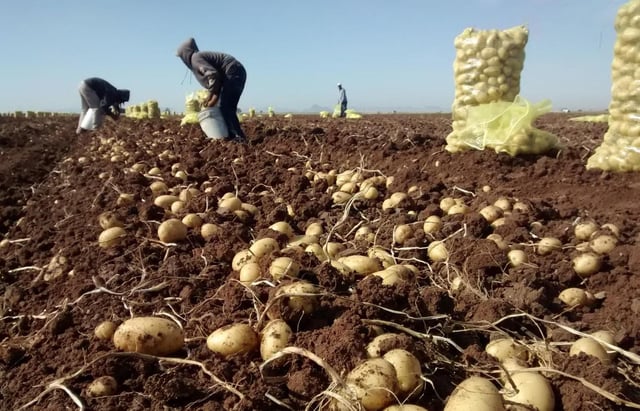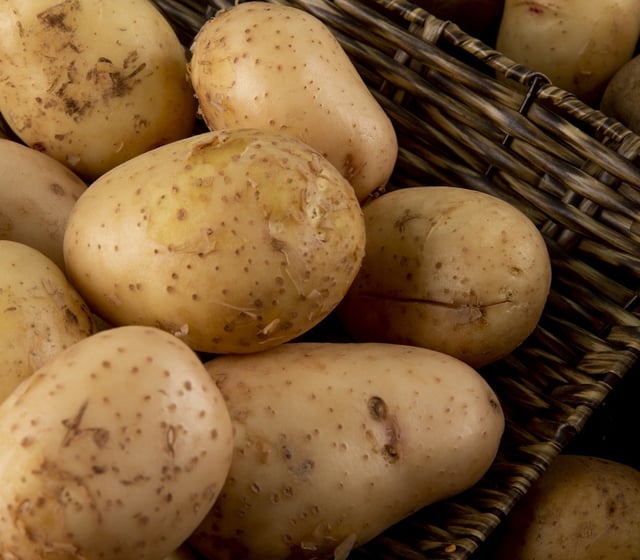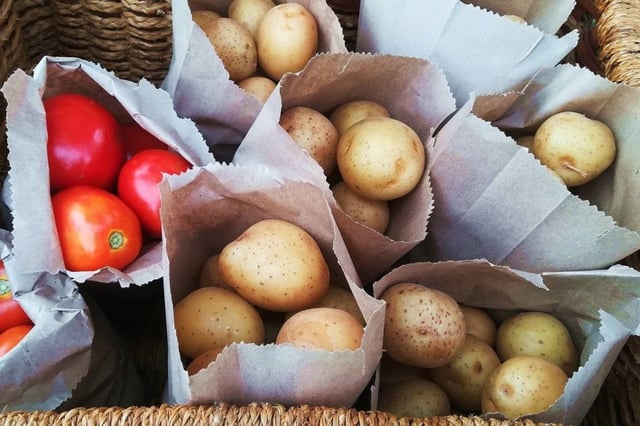Overview
- A natural hybridization between a wild tomato ancestor and an Etuberosum species about nine million years ago in the rising Andes gave rise to the first tuber-bearing potatoes.
- A study led by the Chinese Academy of Agricultural Sciences and published in Cell sequenced 450 cultivated and 56 wild potato genomes, revealing a stable mix of tomato and Etuberosum ancestry across all modern species.
- Researchers identified two essential genes—SP6A from the tomato lineage and IT1 from Etuberosum—that together switched on underground stem growth and tuber development.
- The emergence of tubers provided a significant survival advantage during Andes uplift, driving an adaptive radiation that produced over 100 potato species across diverse South American habitats.
- Building on these findings, scientists are exploring tomato-based synthetic biology to engineer seed-propagated potato lines aimed at enhancing climate resilience and global food security.



